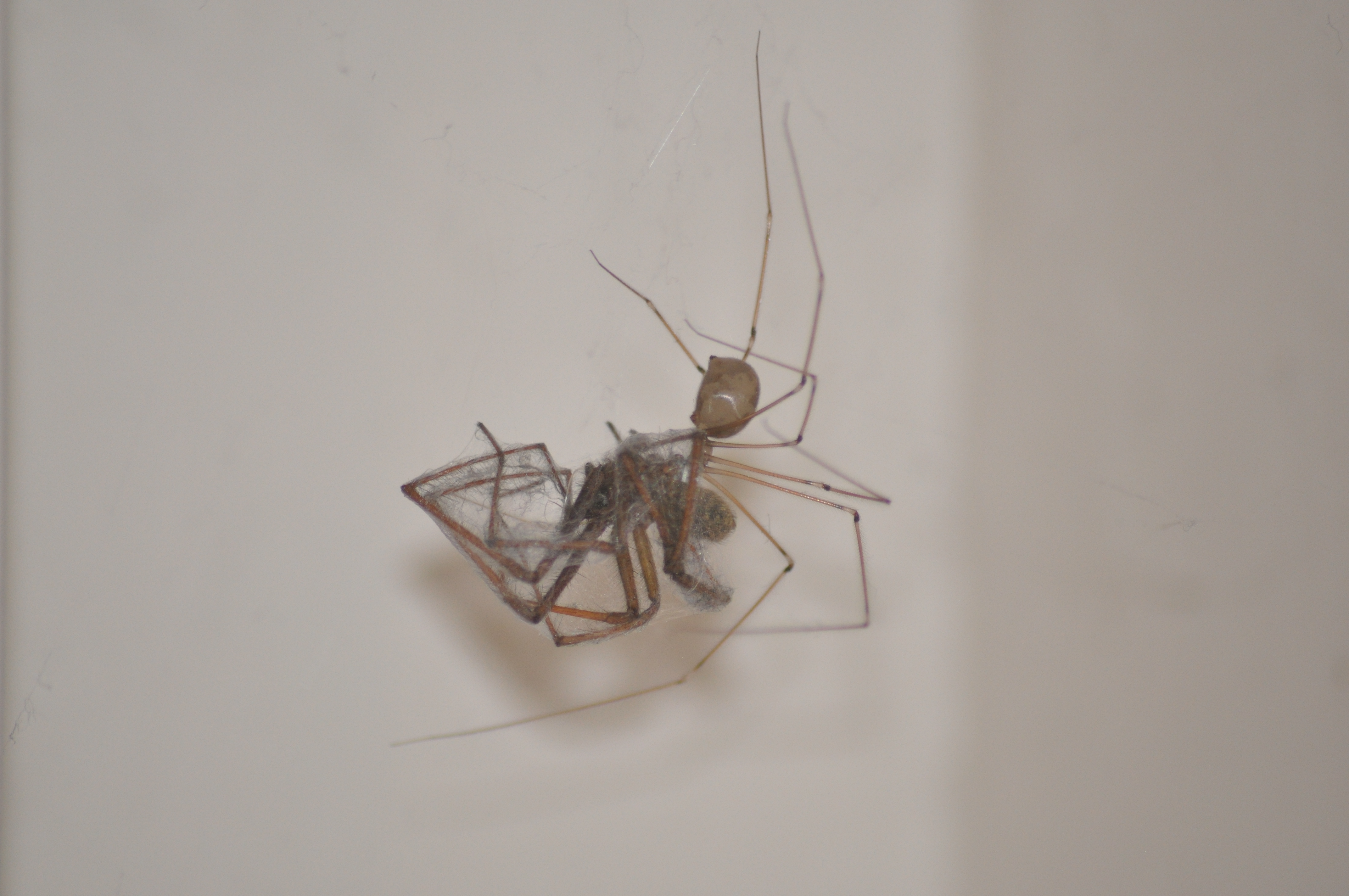|
Pholcus Velitchkovskyi
''Pholcus velitchkovskyi'' is a cellar spider species found in Russia, Ukraine and Iran. See also * List of Pholcidae species This page lists all described genera and species of the spider family Pholcidae. , the World Spider Catalog accepts 1820 species in 94 genera: A ''Aetana'' ''Aetana'' Huber, 2005 * '' Aetana abadae'' Huber, 2015 — Philippines * '' Aetana baga ... References External links Pholcidae Spiders of Europe Spiders of Asia Fauna of Iran Spiders described in 1913 {{Pholcidae-stub ... [...More Info...] [...Related Items...] OR: [Wikipedia] [Google] [Baidu] |
List Of Pholcidae Species
This page lists all described genera and species of the spider family Pholcidae. , the World Spider Catalog accepts 1820 species in 94 genera: A ''Aetana'' ''Aetana'' Huber, 2005 * '' Aetana abadae'' Huber, 2015 — Philippines * '' Aetana baganihan'' Huber, 2015 — Philippines * '' Aetana banahaw'' Huber, 2015 — Philippines * '' Aetana fiji'' Huber, 2005 — Fiji * '' Aetana gaya'' Huber, 2015 — Malaysia (Gaya Is.) * '' Aetana indah'' Huber, 2015 — Borneo * '' Aetana kinabalu'' Huber, 2005 — Borneo * '' Aetana kiukoki'' Huber, 2015 — Philippines * '' Aetana lambir'' Huber, 2015 — Borneo * '' Aetana libjo'' Huber, 2015 — Philippines * ''Aetana loboc'' Huber, 2015 — Philippines * '' Aetana lozadae'' Huber, 2015 — Philippines * '' Aetana manansalai'' Huber, 2015 — Philippines * '' Aetana mokwam'' Huber, 2019 — Indonesia (West Papua) * '' Aetana ocampoi'' Huber, 2015 — Philippines * '' Aetana omayan'' Huber, 2005 ( type) — Philippines * ''Aetana ondawamei' ... [...More Info...] [...Related Items...] OR: [Wikipedia] [Google] [Baidu] |
Pholcidae
The Pholcidae are a family of araneomorph spiders. The family contains over 1,800 individual species of pholcids, including those commonly known as cellar spider, daddy long-legs spider, carpenter spider, daddy long-legger, vibrating spider, gyrating spider, long daddy, and skull spider. The family, first described by Carl Ludwig Koch in 1850, is divided into 94 genera. The common name "daddy long-legs" is used for several species, especially ''Pholcus phalangioides'', but is also the common name for several other arthropod groups, including harvestmen and crane flies. Appearance Pholcids are thin and delicate arachnids. The body, resembling the shape of a peanut, is approximately 2–10 mm (0.08–0.39 inch) in length, and the legs may be up to 50 mm (1.97 inches) long. ''Pholcus'' and ''Smeringopus'' have cylindrical abdomens and eyes arranged in two lateral groups of three and two smaller median contiguous eyes. Arrangements of eight and six ey ... [...More Info...] [...Related Items...] OR: [Wikipedia] [Google] [Baidu] |
Spiders Of Europe
Spiders ( order Araneae) are air-breathing arthropods that have eight legs, chelicerae with fangs generally able to inject venom, and spinnerets that extrude silk. They are the largest order of arachnids and rank seventh in total species diversity among all orders of organisms. Spiders are found worldwide on every continent except for Antarctica, and have become established in nearly every land habitat. , 50,356 spider species in 132 families have been recorded by taxonomists. However, there has been debate among scientists about how families should be classified, with over 20 different classifications proposed since 1900. Anatomically, spiders (as with all arachnids) differ from other arthropods in that the usual body segments are fused into two tagmata, the cephalothorax or prosoma, and the opisthosoma, or abdomen, and joined by a small, cylindrical pedicel, however, as there is currently neither paleontological nor embryological evidence that spiders ever had a separate t ... [...More Info...] [...Related Items...] OR: [Wikipedia] [Google] [Baidu] |
Spiders Of Asia
Spiders (order (biology), order Araneae) are air-breathing arthropods that have eight legs, chelicerae with fangs generally able to inject venom, and spinnerets that extrude spider silk, silk. They are the largest order of arachnids and rank seventh in total species diversity among all Order (biology), orders of organisms. Spiders are found worldwide on every continent except for Antarctica, and have become established in nearly every land habitat. , 50,356 spider species in 132 Family (biology), families have been recorded by Taxonomy (biology), taxonomists. However, there has been debate among scientists about how families should be classified, with over 20 different classifications proposed since 1900. Anatomically, spiders (as with all arachnids) differ from other arthropods in that the usual body segmentation (biology), segments are fused into two Tagma (biology), tagmata, the cephalothorax or prosoma, and the opisthosoma, or abdomen, and joined by a small, cylindrical Gl ... [...More Info...] [...Related Items...] OR: [Wikipedia] [Google] [Baidu] |
Fauna Of Iran
The wildlife of Iran include the fauna and flora of Iran. One of the most famous wildlife of Iran is the critically endangered Asiatic cheetah (''Acinonyx jubatus venaticus''), which today survives only in Iran. History The wildlife of Iran first been partly described by Hamdallah Mustawfi in the 14th century who only referred to animals. In the 18th and 19th centuries, Samuel Gottlieb Gmelin and Édouard Ménétries explored the Caspian Sea area and the Talysh Mountains to document Caspian fauna. Several naturalists followed in the 19th century, including Filippo de Filippi, William Thomas Blanford, and Nikolai Zarudny who documented mammal, bird, reptile, amphibian and fish species. Flora More than one-tenth of the country is forested. The most extensive growths are found on the mountain slopes rising from the Caspian Sea, with stands of oak, ash, elm, cypress, and other valuable trees. On the plateau proper, areas of scrub oak appear on the best-watered mountain slopes, and vi ... [...More Info...] [...Related Items...] OR: [Wikipedia] [Google] [Baidu] |

